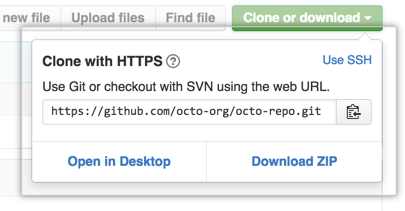Had a similar problem today: I messed things up in my working copy, so I decided to rename the directory and clone my project again from github. But after doing that, I had to enter my password to do any pull/push request, instead of entering the passphrase just once as I used to.
That was because today I used the https protocol to clone the project! To check what protocol you're using just run
git config -l
and look at the line starting with 'remote.origin.url'.
To switch protocols:
git config remote.origin.url git@github.com:the_repository_username/your_project.git
the_repository_username and your_project should be replaced with the appropriate repository name and the owner of that repository. The username will be yours if you own the repository, or the repository owner's username otherwise.

You need to cache the password: https://help.github.com/articles/set-up-git#password-caching
– Piotr Usewicz – 2012-06-14T19:59:36.647